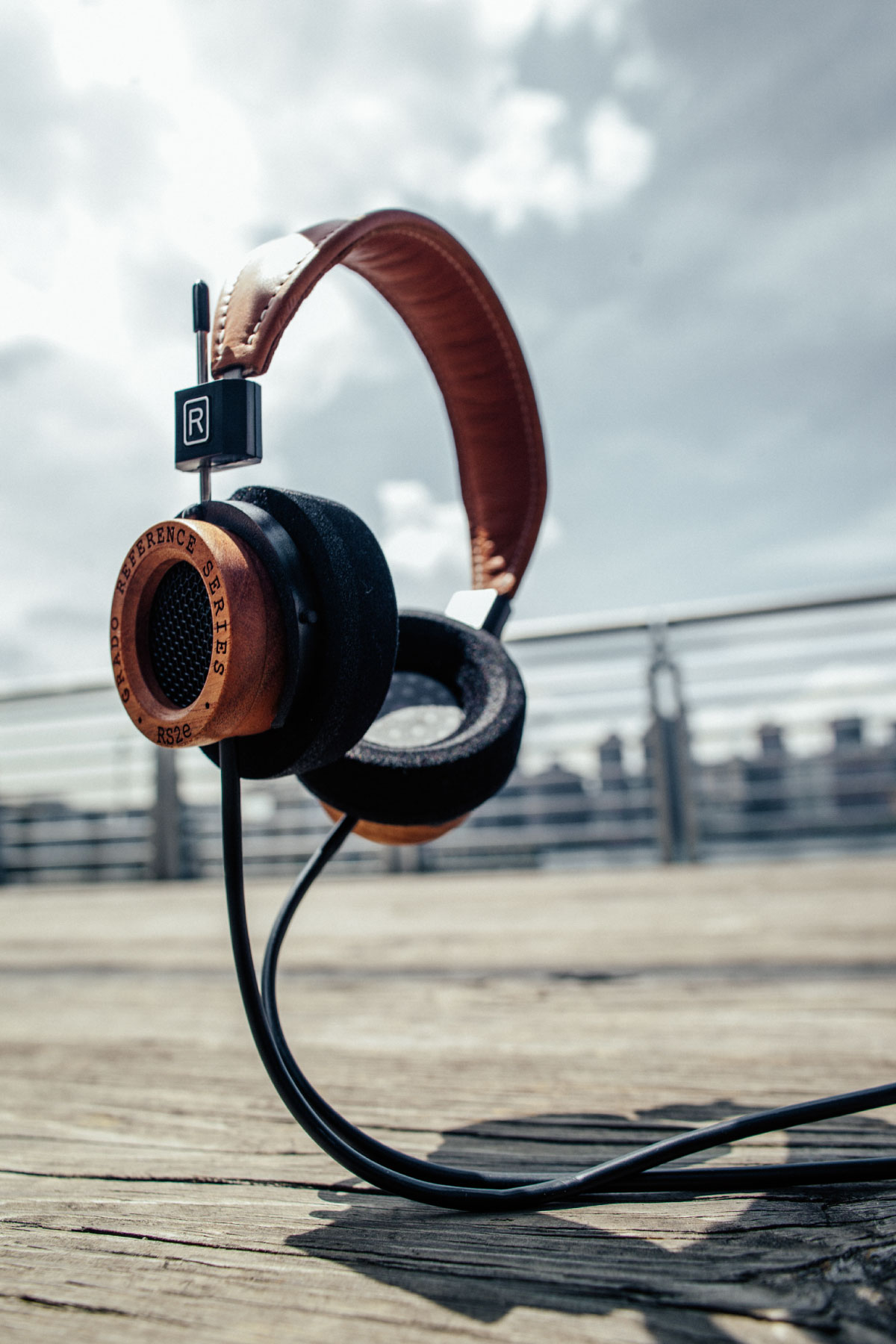5 Headphone Tips to Take Your Vocal Performances to the Next Level
Recording vocals is no easy task. While many would assume a singer can simply step inside a studio, sing out their next album and go home, there’s far more to this process than what meets the eye.
Countless problems can arise while recording, but many of the most common and debilitating of these issues can be traced back to the sound that the singer is hearing in their headphones.
By tweaking and optimizing the way you or your clients hear themselves sing, you can fine-tune your vocal performances, regardless of the situation you’re in, ensuring they are the best they can be, every time.
To help, here are five key tips to maximize the quality of your vocal performances using IEMs or headphones.
#1 – Listen to Yourself Naturally
The first problem that many singers and vocalists experience in the studio is that they are listening to themselves in an unfamiliar and even unnatural environment.
For example, if you’re using closed-back headphones, this creates an airtight seal around your ear. This means you’re completely closed off from the natural direct sound around you, which can cause pitch issues and lack of nuance for some singers.
While headphones may be necessary for your performance, many singers do better by removing a single earcup, or by listening through open-back headphones. The one trade-off is that this can cause some issues with bleed from the headphones if they are played at high volumes, so make sure to mute click tracks and the many elements in the arrangement that are played through the headphones during the final vocal session.
Another option is to use IEMs (in-ear monitors) instead of full-sized headphones. While not a match for full-sized studio monitors, they eliminate the issues of both closed-back and open-back headphones.
#2 – Optimize Your Mic Choice
They say “a worker is only as good as his tools”. After their body, a singer’s most important tools are their headphones and microphones. It’s important for a singer to try a variety of vocal mics in context before choosing one that best fits their style, or the song at hand.
There are two broad categories here: First are your large diaphragm condenser mics, which can help capture tremendous detail and clarity—for better or worse. Then there are your dynamic mics, which are often less sensitive, but in many cases are less intimidating to singers, and can even be held in the hand during a performance, which is essential to some singers—even some very established and practiced ones.
Some singers will be put off by the extremely detailed and hi-fi sound of a condenser mic and may do better with a dynamic. When auditioning mics, be aware of which sound best in context based on pure tone, but also factor in the singer’s level of comfort.
#3 – Make Sure You’re Comfortable
Speaking of comfort, this is one of the most essential factors when it comes to getting great vocal performances. A singer who is uncomfortable is going to be easily distracted and will give a less than stellar performance.
While there are countless things you can do to ensure comfort before a vocal session, one thing that is often overlooked is to choose headphones that the singer finds comfortable. A good studio should have more than one option to choose from, and a singer should do a little experimenting to see if they can find a personal pair that they love and trust for their own performances.
#4 – Check Your Mix Balances
The singer’s headphone mix is vitally important to get right. Make sure that the volume levels of the headphones are perfect, and don’t be afraid of taking the time to get it perfect.
If you’re just engineering and not singing, go and try the singer’s headphones on for yourself. Know exactly what they are hearing. Often a singer may need to hear a slightly different set of instrument balances and even effects than are happening in the rough mix.
#5 – Perfect the Effect Levels
Many vocalists do best when their vocal sound in the headphones sound a bit more “finished” during the tracking session. Don’t be afraid to fire up a reverb or delay for them to monitor while recording. Some experienced vocalists may even demand this. But some new ones may not know to ask, so be sure to offer.
For a special effect like a distinctive delay, you may even consider printing the effects return to a separate channel. The effects you use during tracking don’t have to be the final sound, but the more finished the recording sounds during tracking, the more confidently many singers will perform.
Some vocalists will do well singing through a compressor, and may perform better with a bit of dynamic control going in. If you’re nervous about printing this on your main vocal track, you can create two paths: one clean and one compressed, and have the singer monitor the compressed version only. The goal here is minimal, tasteful dynamic control, so leveling amplifiers set to reduce the gain by just a couple of dB will often be your best bet.
If you can really get each of these 5 items right on every vocal session you do, you’ll have a much easier time coaxing great performances out of yourself or any vocalist you may work with. And in the end, a great performance is the best audio effect of all.
Gavin Whitner is a passionate musician and the chief blogger at MusicOomph.
Please note: When you buy products through links on this page, we may earn an affiliate commission.







